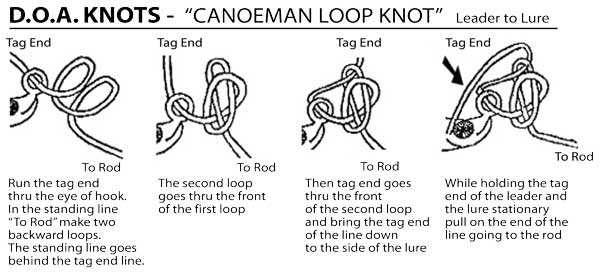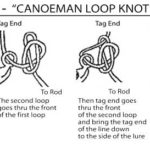
Capt. Mike Able Jr. grew up fishing in Mount Pleasant and has been running Able Minded Charters (843-475-7696) for five years. He averages about 80 trips per year and spends the rest of his time working at Haddrell’s Point, the tackle shop owned by his father.
Mike Able Sr. is the reason that Mike Able Jr. grew up fishing; he refers to him as “one of the original redfish guides in the Charleston area.”
The son runs his charter business out of an 18-foot Hewes flats boat, and he’s excited about the way June might turn out.
“June fishing revolves around water temperatures that will be in the high 70s and low 80s,” he said. “Everything associated with live bait and fishing has been starting late in 2010 because of our cold winter. Live-bait options in June might include menhaden, blue crabs, shrimp, mullet, and mud minnows, but artificials work too. We start throwing topwater lures in the morning, then work through an assortment of jigs and maybe end up with a deadly D.O.A. combo, because everybody loves to see a cork go under.”
The deadly combo is an oval float on a “clacker” rig with beads that make noise to attract any curious fish; it comes pre-rigged with a D.O.A. shrimp underneath it.
“I like the Fiji Chix color with its darker back, lighter belly and chartreuse tail — allowing it to work well on reds and trout in all water clarity conditions,” he said. Fiji Chix also has some glow color in its body and is speckled with red, black and silver flakes.
Capt. Mark Nichols of Stuart, Fla., who invented the D.O.A., spoke this spring at a seminar at Haddrell’s Point and address coloration of some of his baits.
“The reason we add glow color to many of our baits is to mimic the bioluminescence that I see occurring naturally in the marine world. I fish all the time, but I still want it to be a fast and easy — and effective,” he said.
Like the younger Able, Nichols also grew up fishing; his father pulled shrimp nets off the coast of Texas, and Nichols was always fascinated by the multitude of life that came in with the by-catch. His family sold live shrimp, and Nichols fished with them every opportunity while growing up, but he also watched them over time in the tank. He did not miss the fact that the shrimp always seemed to descend in the water column as if on a slow-moving magic carpet ride, and he set out to imitate that trait.
Carving on a piece of wood, he designed the look of his shrimp, then experimented with molds and plastics before moving on to other issues like lure weight and hook size.
“My shrimp sinks slower than evolution, but I prefer it to be on the bottom in order to help the fish find it and eat it,” he said. “The fun and beauty of using artificials is that you go looking for the fish you will catch. Too many anglers get married to certain fishing spots, instead of going prospecting.
“I believe in snapping the float to get the fishes’ attention, but then I believe in leaving the shrimp right there for a minute in order to let the fish find it.” Don’t pull the entire rod when snapping the float, but just twitch the rod twice, he added.
Nichols believes in putting a reel on a rod and testing its balance before buying any combo. He usually fishes braided line and employs a light-action rod tip.
“Braid has no stretch, and I generally only use one knot when fishing D.O.A. shrimp,” he said, describing a “Canoeman loop knot” that consists of two reverse loop knots, passing the second loop through the front of the first loop, and finishing by passing the tag end through the second loop and lifting up.
What else can a fishing pro offer? Nichols is working on a new theory about catching fish like reds, grouper and snook around structure.
“If you are fishing a dock and a red or snook is taking you into the poles, or if a grouper is taking you into his hole, then release the bale in order to release the pressure on the line,” he said. “I find that this technique can cause the fish to go back to what he was doing, and return to where he got hooked (his comfort zone) so I can get them out of there. This ain’t rocket science.”
He also figures on drift and tide when approaching a target.
“Baitfish and gamefish face into the tide, and a smart fish will hear the hull slap of an approaching boat in many circumstances,” he said. “The challenge is to get to where you can cast your lure to where the tide can sweep it into the fish’s face. You can make a smart fish seem dumb if you get the bait presented to him just right.”
Nichols can seem to fool the fish with ease, but no doubt his expertise has come after a lifetime of casting. Whether you’re a fishing guide or a recreational fisherman, spending some time fishing on the water trying different presentations is what can make you a better angler no matter where you fish.






Be the first to comment